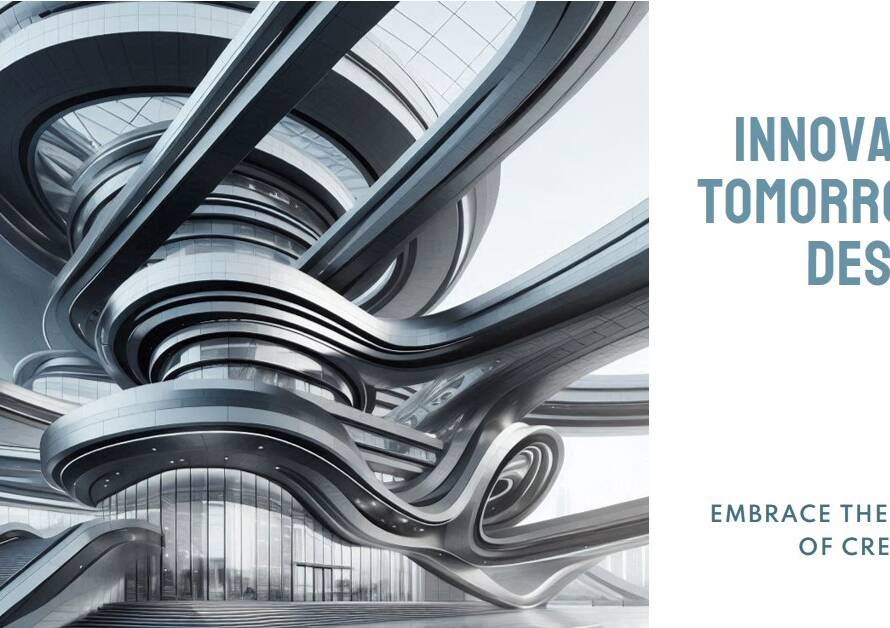
Table of Contents
Unleashing the Power of Architectural Renderings: Elevate Your Designs with 3D Illustrations
Architectural Renderings Include Creative Imagination To Your Style With 3D Illustrations. In the realm of architecture and design, visualization is key. The ability to communicate ideas, concepts, and designs effectively is crucial in conveying the vision to clients, stakeholders, and the construction team. Enter architectural renderings, a powerful tool that not only brings designs to life but also enhances creativity and imagination. In this blog post, we’ll delve into the realm of architectural renderings, exploring how they incorporate creative imagination into your designs through the magic of 3D illustrations.
The Evolution of Architectural Renderings
Before we dive into the intricacies of 3D illustrations, let’s take a moment to appreciate the evolution of architectural renderings. Traditionally, architects relied on hand-drawn sketches and 2D drawings to convey their designs. While these methods served their purpose, they often lacked the depth and realism needed to fully immerse clients in the envisioned space. However, with advancements in technology, particularly in computer-aided design (CAD) and 3D rendering software, architects now have a plethora of tools at their disposal to create stunning visualizations that blur the line between imagination and reality.
The Impact of 3D Illustrations on Design Communication
Communication is at the heart of every successful architectural project. Whether presenting ideas to clients or collaborating with fellow architects and engineers, effective communication is essential for ensuring that everyone is on the same page. This is where 3D illustrations shine. Unlike traditional 2D drawings, which can sometimes be difficult to interpret, 3D renderings offer a lifelike representation of the proposed design, allowing stakeholders to visualize the space from every angle.
Enhancing Creativity Through Visualization
Creativity knows no bounds, and architectural renderings provide architects with a canvas on which to unleash their imagination. With 3D illustrations, architects can explore different design concepts, experiment with materials and finishes, and push the boundaries of conventional architecture. Whether designing a sleek modern skyscraper or a quaint countryside cottage, 3D renderings allow architects to breathe life into their designs and invite viewers to embark on a visual journey through the spaces they create.


Creating Immersive Experiences for Clients
One of the primary objectives of architectural renderings is to create immersive experiences for clients. When presented with a 3D visualization of their future space, clients are not just looking at a blueprint—they are stepping into the realm of possibility. By incorporating elements such as lighting, textures, and landscaping, architects can create renderings that evoke emotion and captivate the imagination of their clients. Whether it’s a luxurious hotel lobby or a cozy residential interior, 3D illustrations allow clients to envision themselves in the space long before construction begins.
Streamlining the Design Process
In addition to enhancing creativity and communication, architectural renderings also play a crucial role in streamlining the design process. By creating detailed 3D models of their designs, architects can identify potential issues early on, such as structural challenges or spatial constraints. This proactive approach not only saves time and money but also ensures that the final design meets the client’s expectations. Furthermore, 3D renderings allow architects to iterate quickly, making adjustments to the design as needed based on feedback from clients and collaborators.
From Concept to Reality: Bringing Designs to Life
Perhaps the most exciting aspect of architectural renderings is their ability to bridge the gap between concept and reality. What once existed only in the mind of the architect can now be brought to life through the power of 3D visualization. From the initial sketches to the final renderings, architects have the opportunity to see their ideas take shape before their eyes, guiding them every step of the way as they transform visions into tangible structures.
Pushing the Boundaries of Visualization Technology
As technology continues to evolve, so too do the capabilities of architectural renderings. With advancements in virtual reality (VR) and augmented reality (AR), architects now have the ability to create fully immersive experiences that allow clients to explore their designs in unprecedented detail. Whether donning a VR headset to walk through a virtual building or using AR to overlay renderings onto a physical space, the possibilities are endless. By embracing these emerging technologies, architects can push the boundaries of visualization and offer clients an unparalleled glimpse into the future of architecture.
The Future of Architectural Renderings: Where Creativity Knows No Limits
In conclusion, architectural renderings represent a powerful tool in the architect’s arsenal, enabling them to communicate ideas, enhance creativity, and bring designs to life in ways previously thought impossible. With 3D illustrations, architects have the opportunity to push the boundaries of imagination and create immersive experiences that captivate clients and stakeholders alike. As technology continues to advance, the future of architectural renderings holds endless possibilities, promising a world where creativity knows no limits and the line between imagination and reality continues to blur.


